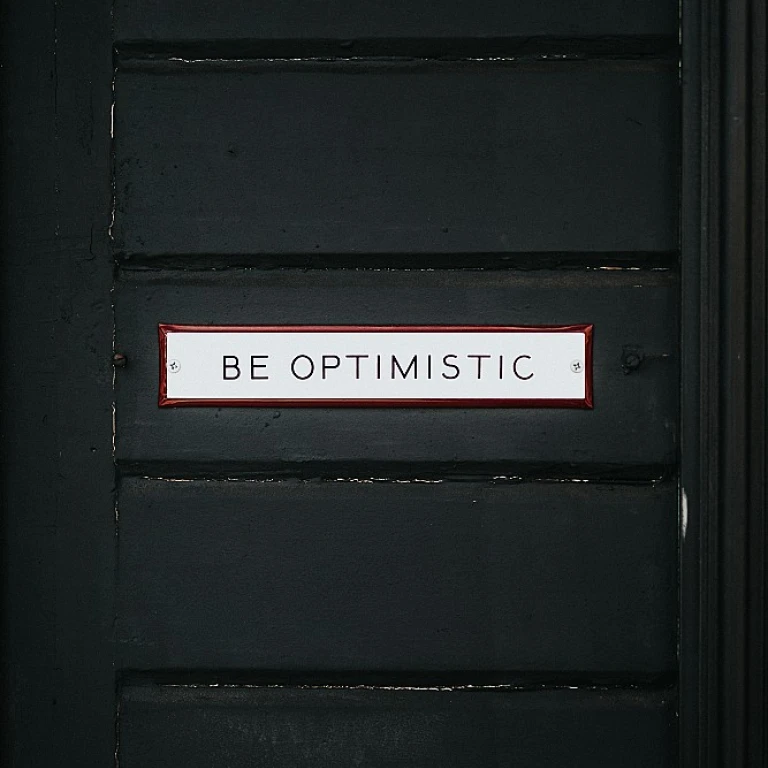
The Role of Data Science in Modern HR
Transforming Human Resources with Data Science
In the rapidly evolving landscape of human resources, data science is emerging as a game-changer. The integration of data-driven insights is not just enhancing conventional HR processes but is also paving the way for innovative strategies that were previously unimaginable. Data science equips HR professionals with tools and techniques to analyze vast amounts of data, helping them make informed decisions that align with organizational goals. By utilizing data science, HR departments can identify trends and patterns that might have gone unnoticed through traditional analysis methods. This information is invaluable for addressing current workforce challenges and for anticipating future needs. Predictive analytics, for instance, is revolutionizing workforce planning by enabling HR managers to forecast potential outcomes, thus optimizing recruitment, retention, and training efforts. Moreover, the power of people analytics is evident in its ability to enhance employee performance and engagement. By understanding the factors that drive employee satisfaction and productivity, organizations can tailor their policies and practices to foster a more engaged and efficient workforce. Such insights are crucial in creating a supportive work environment that values employee input and promotes growth. The significance of data science extends to data visualization, which transforms complex datasets into intuitive visual formats. This clarity not only aids HR professionals in making data-driven decisions but also helps in communicating findings to stakeholders in a comprehensible manner. In addition to these benefits, machine learning applications in HR are opening up new avenues for automating repetitive tasks and customizing the employee experience. Data science empowers HR to craft strategic workforce planning initiatives, which are essential in the evolving business landscape where adaptability and foresight are key to success.Predictive Analytics: The Future of Workforce Planning
The Transformative Impact of Predictive Models
In the realm of human resources, the ability to forecast future workforce trends is becoming an invaluable asset. Predictive analytics serves as a forward-looking lens, enabling HR professionals to anticipate changes in the workforce and adapt strategies accordingly. This modern approach bridges the gap between HR practices and advanced data science, fostering a more proactive and strategic role within the organization. The implementation of predictive analytics in HR heralds a new era of efficiency. By analyzing historical data and identifying patterns, HR departments can foresee potential talent shortages, prepare for skill gaps, and predict employee turnover with remarkable accuracy. This foresight allows companies to build robust workforce planning strategies that are resilient to the ever-changing business landscape. Moreover, predictive analytics supports data-driven decision-making by providing a solid foundation of evidence. Instead of relying on intuition or guesswork, HR leaders can leverage sophisticated algorithms to derive actionable insights. This not only enhances the credibility of HR initiatives but also aligns them more closely with overall business objectives. As organizations continue to harness these predictive capabilities, they ultimately pave the way for a more agile and responsive workforce strategy, ensuring that they remain competitive and relevant in the modern world. These advancements showcase the synergy between data science and human resources, leading the way to more intelligent and informed workforce management. As we explore other facets of data science applications such as enhancing employee performance and engagement, it's apparent that we are entering a transformative period for HR departments around the globe.People Analytics: Boosting Employee Performance and Engagement
Enhancing Workforce Performance through Data-Driven Insights
The modern era of Human Resources is witnessing an intriguing transformation fueled by the integration of data science. One of the significant pillars of this transformation is people analytics. But what exactly does this entail, and how can it lead to measurable improvements in employee performance and engagement? People analytics is the systematic collection and analysis of workforce data, allowing HR departments to glean insights that drive decision-making. It's a branch of data science that's intimately linked to the broader purposes discussed earlier, such as predictive analytics and data visualization. By harnessing the power of big data, HR professionals can tap into a wealth of information about employee behavior and preferences. This allows for a more tailored approach to developing performance enhancement strategies. Imagine knowing exactly what factors fuel your team's motivation or pinpointing what aspects of the work environment might be hindering productivity. This isn't just about tracking metrics; it's about understanding the complex dynamics of human interactions within the workplace. Several organizations that have adopted people analytics report improvements in areas such as retention rates, employee satisfaction, and overall productivity. For instance, analyzing patterns in employee feedback can lead to proactive adjustments in management styles and workplace policies, ultimately fostering a culture of engagement and inclusivity. Incorporating data science into human resources doesn't just benefit the organization—employees stand to gain substantially too. Personal development plans can be customized based on data insights, aligning career growth opportunities with individual skills and aspirations. As the future of HR continues to evolve, the strategic application of people analytics will become an indispensable tool in enhancing workforce performance. This transformation is driven not just by the desire to optimize operations but also by the commitment to building a more fulfilling, productive workplace environment. For more on utilizing big data within human resources, check out this insightful resource on harnessing the power of big data in human resources.Data Visualization: Making Sense of Big Data in HR
Visualizing HR Data for Better Decision Making
The vast quantities of data generated within human resources departments can be overwhelming. However, when transformed through data visualization techniques, this extensive data becomes a a powerful tool that assists HR professionals in making informed, strategic decisions. By converting raw numbers into graphical representations, organizations can quickly identify patterns and trends that might otherwise go unnoticed.
Imagine accessing a dashboard that visualizes employee turnover rates over the past few years. Not only can you see peaks and troughs at a glance, but you can also drill down into specific departments or demographics, identifying areas for improvement or success. This approach allows HR leaders to strategize effectively, focusing on areas that need attention and replicating successful models company-wide.
Moreover, data visualization is vital when integrating machine learning applications in human resources. As discussed earlier, machine learning can predict outcomes and recommend actions, but without proper visualization, its findings might be difficult to comprehend and act upon. Through the use of comprehensive graphs and charts, machine learning insights become actionable and practical, further optimizing the HR decision-making process.
In conclusion, embracing data visualization empowers HR professionals to not only understand complex datasets but also communicate their insights across the organization, aligning strategic goals with workforce needs. As data science continues to evolve in the HR industry, the ability to visualize and interpret big data accurately is an indispensable skill.




